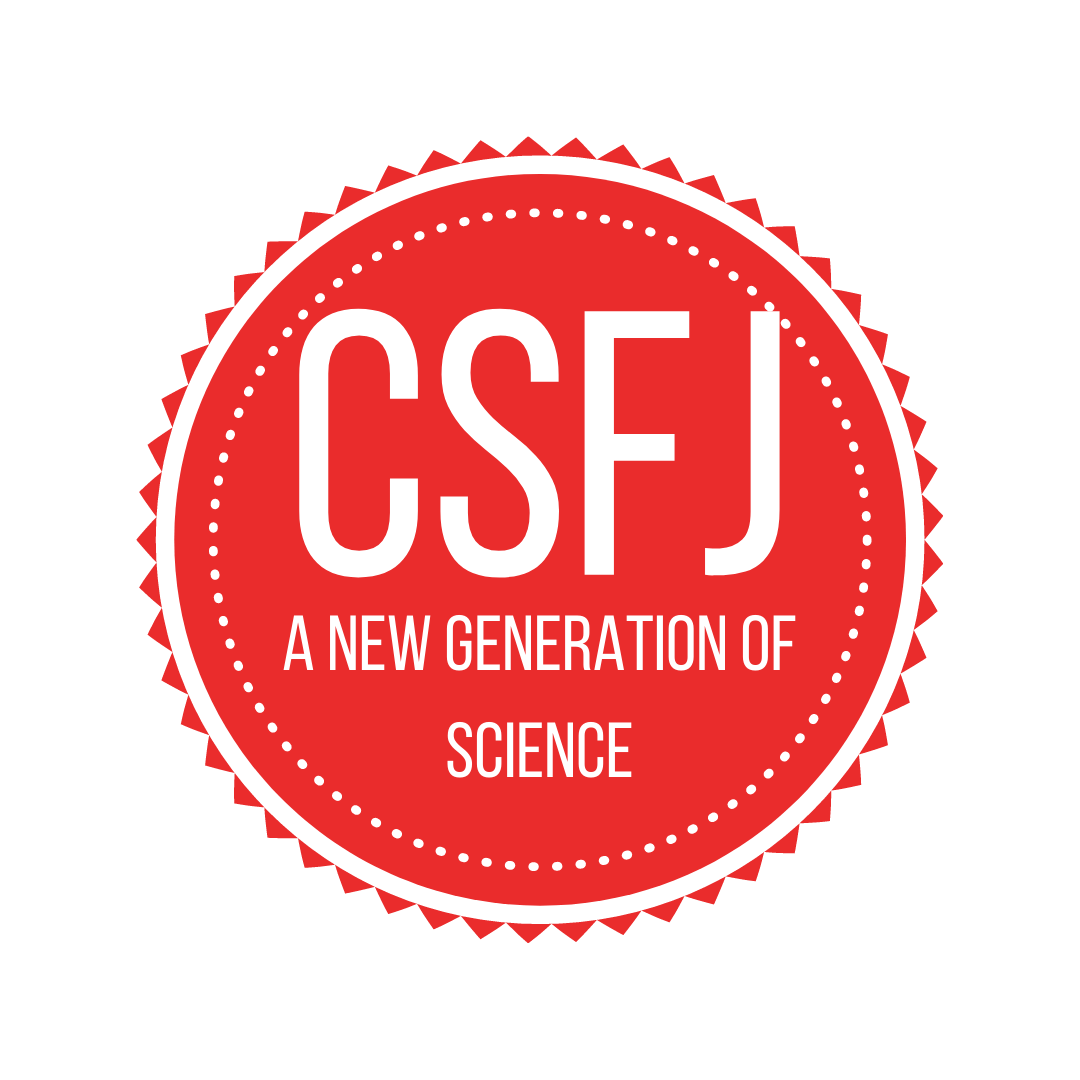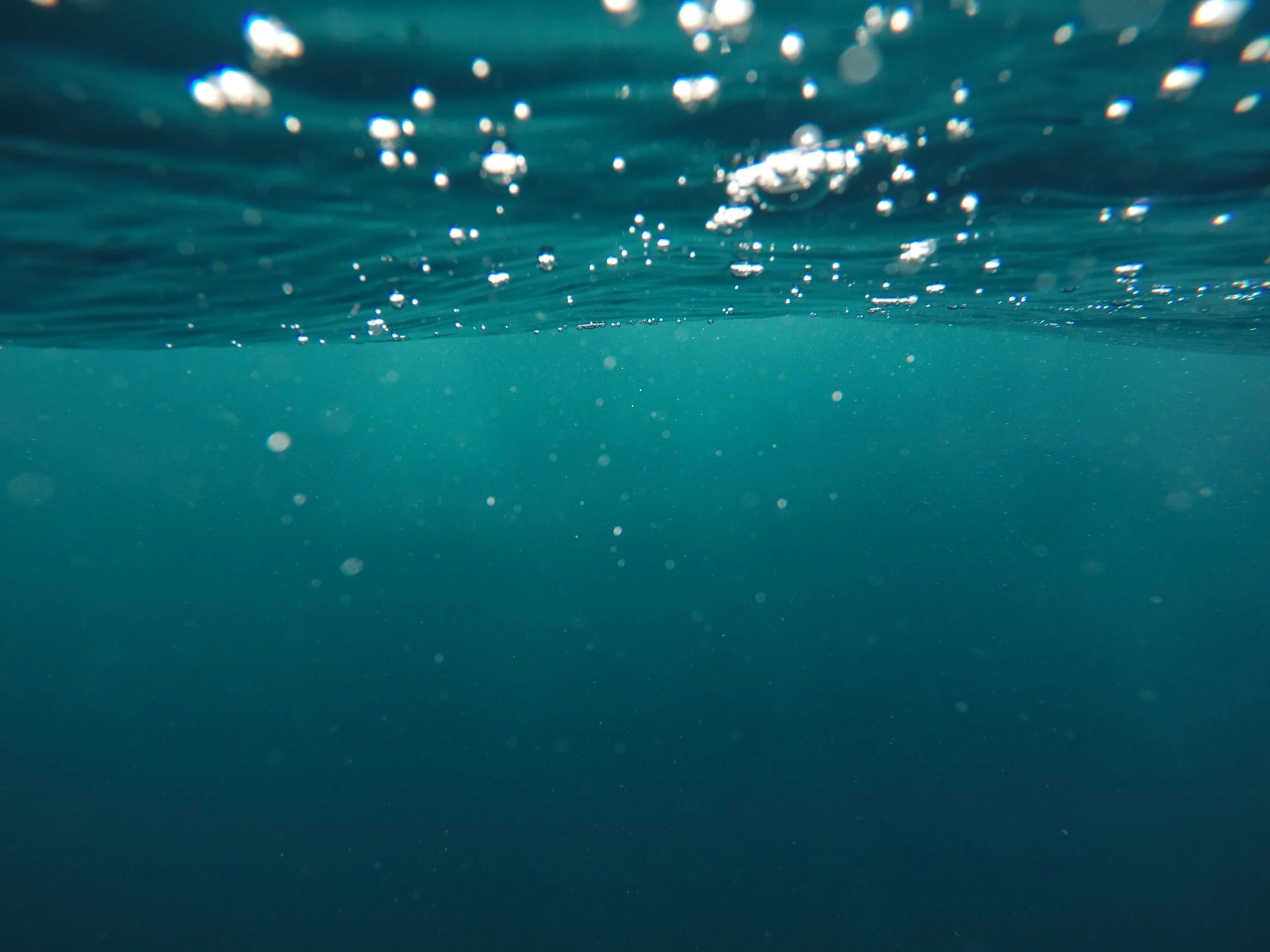By: Robin Yadav
Wildfires are one of the most devastating and harmful natural disasters that occur in Canada every year. Firefighters require the best tools and equipment to fight these wildfires and limit their damage. Drones are becoming an increasingly useful asset to firefighters for wildfire monitoring and assessment. This project leverages deep learning to create a novel video-based fire detection system to add fire recognition and automation capability to drones.







